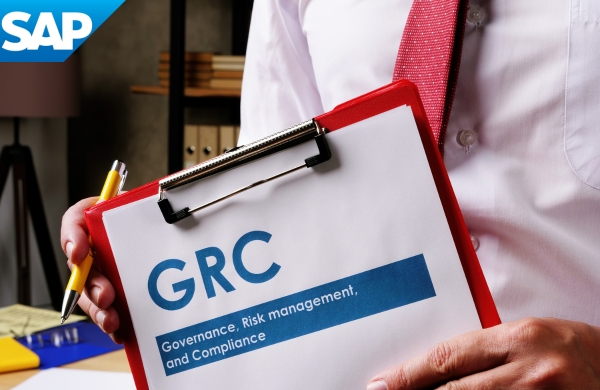
Organizations face increasing complexities in their operations. Conventional auditing methods are no longer sufficient to ensure integrity, transparency, and compliance. That’s where SAP GRC (Governance, Risk, and Compliance) audit management comes into play.
This advanced enterprise solution simplifies, streamlines, and automates the audit process, providing organizations with the means to achieve maximum efficiency. Let’s discuss the key features and benefits of SAP GRC audit management and how it empowers businesses to optimize their operations.
Streamlined Audit Planning and Execution
SAP GRC audit management leverage machine learning and advanced technology to provide a centralized platform for auditors. Unlike traditional audit processes, where teams work in silos and struggle to consolidate data and findings, SAP GRC enables auditors to plan, schedule, and execute audits within a single application. This centralized approach enhances the performance of audits, reduces resource consumption, and ensures accurate reporting, ultimately saving time and effort.
Also Read: Enable DApp Browser on Trust Wallet for Enhanced crypto journey
Risk-Based Audit Approach
With SAP GRC audit management, organizations can adopt a risk-based audit approach. This solution enables auditors to identify high-risk areas within specific business processes.
By allocating resources effectively, prioritizing audit activities, and providing targeted recommendations, auditors can provide visible assurance in areas that are critical to the business and the public. This risk-based approach enhances the overall effectiveness and efficiency of audits.
Real-Time Monitoring and Reporting
SAP GRC audit management offers a real-time monitoring and reporting platform. Auditors can track the progress of audit activities, monitor key performance indicators (KPIs), and generate comprehensive reports. Integration with SAP S4R solution allows for detailed dashboard reporting, enabling auditors to identify potential risks promptly. With access to real-time data, auditors can make data-driven decisions, take proactive measures, and enhance the efficiency and effectiveness of their audits.
Workflow Automation
Automation plays a crucial role in maximizing efficiency in audit operations. SAP GRC provides advanced workflow automation capabilities, eliminating monotonous manual tasks. Auditors can streamline the entire audit process by automating activities such as document generation, data collection, and follow-up tasks. Assignments can be distributed within the SAP GRC solution, enabling real-time monitoring of tasks. The centralized platform ensures auditors can focus on their tasks and deliver audit results in a timely manner.
Integration with Compliance and Governance Solutions
SAP GRC audit management seamlessly integrates with other modules of the GRC suite, such as SAP Process Control and SAP Risk Management. This integration allows for the consolidation of compliance information and risk data, providing a holistic compliance and governance platform.
By aligning findings with compliance requirements and communicating them to relevant stakeholders, SAP GRC facilitates collaboration between auditors, business process owners, and management. This collaboration leads to enhanced efficiency and the mitigation of identified issues.
Also Read: Paycor Login: Streamline Your Payroll and HR Management
Conclusion
SAP GRC audit management is a powerful solution that enables organizations to maximize their audit efficiency. Through integration with SAP S4R solution, organizations can streamline their audit planning, monitoring, and reporting processes. By adopting a risk-based approach, leveraging automation features, and integrating with other GRC solutions, businesses can identify and mitigate risks, ensure compliance, and drive continuous improvements.
The SAP GRC audit management provides a strong foundation for effective risk management and governance, empowering organizations to achieve maximum efficiency in their audit operations. Embracing this technology is a step toward a more streamlined and effective audit framework.

Leave a Reply